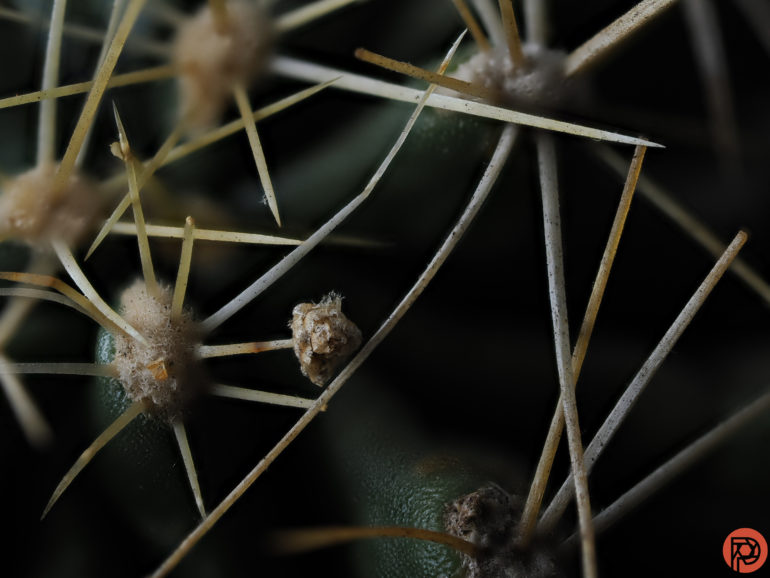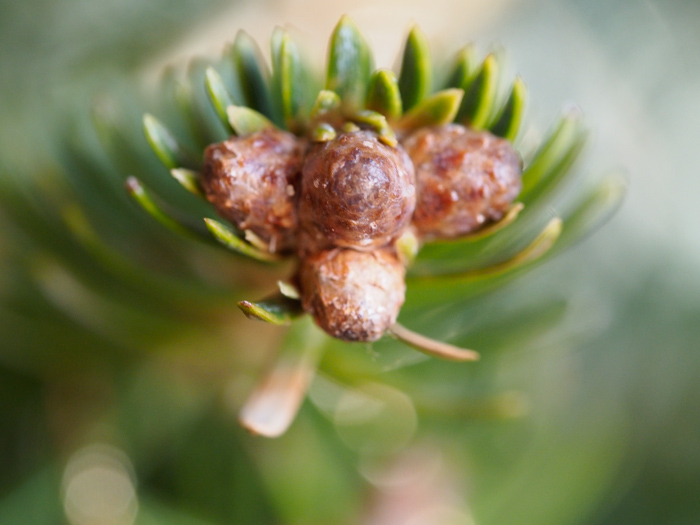The act of focus stacking is one of the most important and best ways to get the sharpest macro photos. While photographers, for years, would just stop the lens down and use off-camera lighting, that’s not always necessary now. Instead, you can shoot wide open and then focus the lens at different distances to create a better image with more natural light. And this is really advantageous when you’re in the great outdoors because it means you can pack that much lighter. So let’s talk about how focus stacking can help get a better photo and how to do it.
This piece is presented in partnership with OM SYSTEM. We’ve independently and ethically reviewed all the products in this post already without sponsorship. And we worked with them to recommend a few key gems to you.
Table of Contents
Recommended Gear
To do focus stacking, we really recommend the following pieces of gear:
- OM SYSTEM OM-1: With its computational photography and AI scene detection modes, this camera can focus on anything like tiny critters and plant-life alike.
- OM SYSTEM OM-5: A more affordable entry than the OM-1.
- M.Zuiko 30mm f3.5 Macro: This macro focal length is considered more normal when it comes to the field of view.
- M.Zuiko 60mm f2.8 Macro: On Micro Four Thirds, this is a telephoto field of view. But you get more light than you would with the 30mm.
How to Do Focus Stacking

In your camera settings, find the focus stacking mode. In the OM-1, you’ll find it under the computational photography section. Make sure you’re using a supported lens. Then we strongly recommend putting your camera on a tripod. Set your aperture wide open. Then set the number of shots you want the camera to shoot.
The camera will then work to process all the photos together to give a final JPEG. Of course, you can combine all the images you’d like in RAW and focus stack yourself later on. However, this process eliminates the need for post-production. Combine it with a specific color setting like Vivid. Or get really fun with the Watercolor Art Filter!
Other Tips
Because you’re outdoors, consider a few variables if you’re using natural light:
- Cloud coverage: shadows and light changes can really change the exposure of the image. For that reason, it’s best to use manual mode and make sure that the light will be right.
- Wind: If you’re photographing a plant of some sort, the wind might make it shake. You have to have a fast enough shutter speed to prevent it. Also, wait until the wind has died down. At least since we’re encouraging you to shoot with a tripod, your chances of shaking are minimized.
- Personality: If you’re photographing a bug at a macro range, you might really scare them. Move slowly and accept you might miss the shot.
- Focusing area: We strongly suggest a smaller autofocus point, especially because this is macro photography. Focus stacking really requires a lot of precision.
- OM SYSTEM cameras have a feature called Simulated OVF. It helps with autofocus performance. But we’re assuming that you’re outside on a bright, sunny day or with a lot of natural light. It won’t matter as much here. So instead, just expose according to your camera’s display. Further, don’t try to expose for post-production. Get it right in-camera because the camera will create the final photo for you.
Macro photography is very rewarding when you get the shot. It takes a lot of patience for that to happen, though. It may take many different tries to get the photo you want, but that’s also part of the fun of focus stacking!


